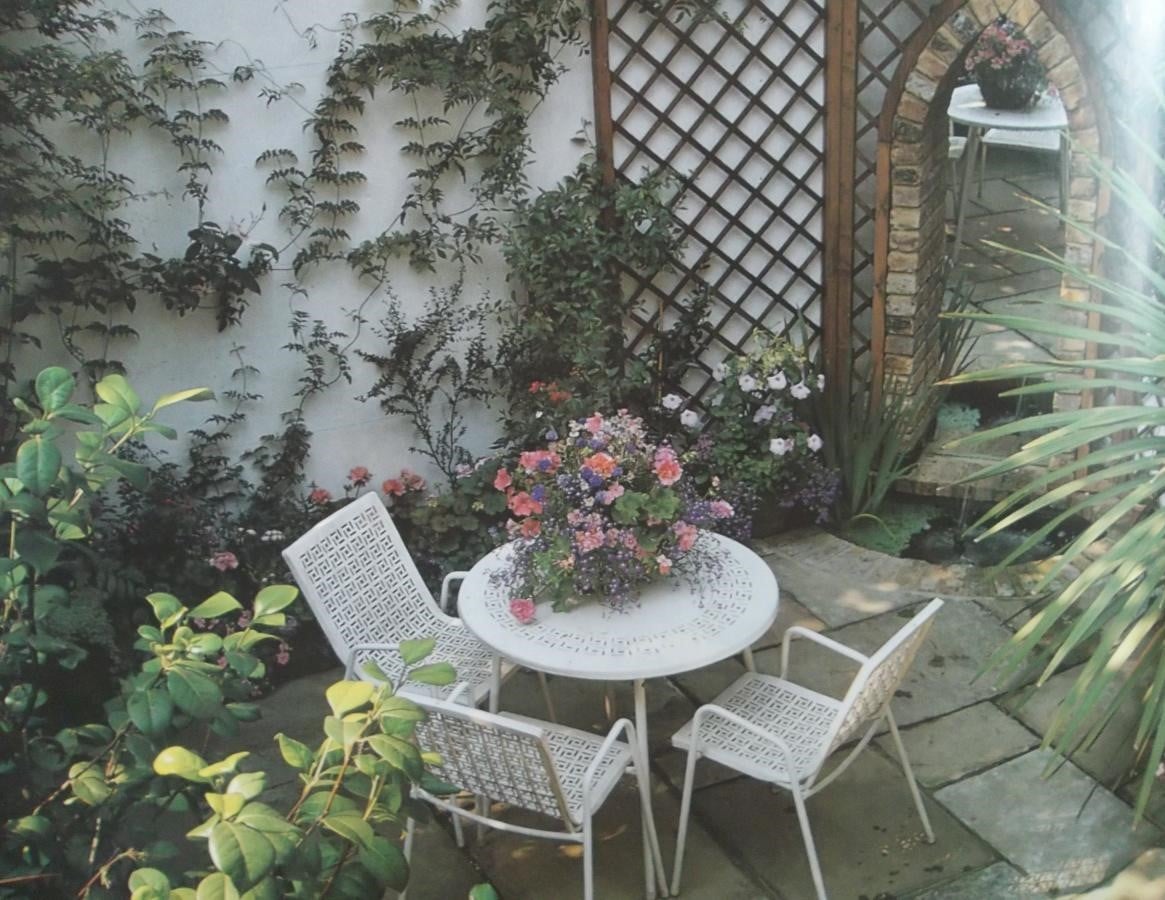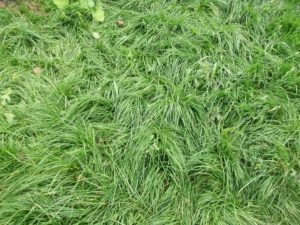
Dear gardeners! Or rather, future gardeners, because I appeal to those who have a garden in the bud and you do not know how and where to start creating it. My head is swarming with beautiful pictures, some elements are already thought out, but the overall plan does not add up.
There are many recommendations on this issue. For a novice gardener, they are sometimes very difficult to understand. But there is one simplified technique that will help even an inexperienced designer to get off the ground when creating a garden plan. No special knowledge is needed to apply it. Take a piece of paper and put on it a general plan of the site. If you have a house or you have already chosen a place to build it-put it on your plan. And then everything is quite simple. Randomly, at any angle and with the center in any place of the plan, put a cross. This center may be a house, but it may be that this center will be shifted to one side of the plot. The cross may be placed obliquely, it may be irregular, its lines may not be quite perpendicular.
Thus, you will divide the plot into 4 zones, each of which will perform a specific function. And it’s almost a plan. One quarter will be allocated for an asphalt platform, the second quarter – for a lawn, the third is allocated for a flower garden, the fourth will grow trees.
The order of placement can be completely individual. And the size of the zones is also completely different. For example, an area paved with a hard surface will serve as a platform for a table or grill, or maybe both at the same time. It can be paved not only with tiles or stones. It can be just gravel or crushed stone. The main thing is that in the garden you have an area where you will be comfortable when the ground is wet.
Your lawn can be an extension of a flower garden that naturally “flows” out of a garden with fruit trees.
Trees can be both fruit and ornamental. Single plantings of trees and shrubs can and should be repeated in a flower garden or on a lawn, near or on a paved area. Such a single planting will not only be appropriate, but will also unite the picture of the garden into a single whole.
Well, the pond, as well as without it! You can place it on the border of a paved area and a flower garden or on the lawn. Everything is in your hands!
Draw more of these crosses, analyzing in each case the location of the zones in relation to your site. And if you already have a pleasant and comfortable recreation area, you may want to think about how to keep it and have the rest of the zones, starting from the actual existing recreation area.
I want to give you some advice. Do not place the vegetable garden in the field of view of the recreation area. And if you can’t avoid the neighborhood, at least separate them .
When making a plan, be sure to take into account the location of the windows and doors of the house. So you warn the situation when an unsightly view opens from the bedroom window, for example, on a compost heap.
Mark the problem areas on the map plan, for example, where the soil is too windy or too bad. This will help you position the zones correctly.
If any communications have already been carried out on the site, they also need to be put on the plan so that the recreation area is not located above the sewer line or gas pipeline. Given the location of communications, it is very important not to damage them during excavation and planting, and of course not to suffer yourself.
While working on a garden project, you should often stay on the site. Only there you will feel where there should be a recreation area, where there will be a garden of fruit trees or a grove of trees, where it will be pleasant to contemplate, sitting at the table with a cup of coffee or tea, changing from season to season flower paint. That’s what Feng Shui masters do. They sometimes just settle down on a plot of land to feel it, to understand its soul. And only after a while comes the understanding, the vision of the garden pictures. Let go of your imagination, imagine yourself sitting in the garden. What do you see around you? Do you like it? Discuss your options with your loved ones.
If the puzzle picture does not add up and only one or two zones appear, proceed to their implementation. And then the tangle will begin to unwind and pull more and more new solutions.
It is worth remembering that even if you already have a beautiful plan on paper or in a computer, this does not mean that in life the garden will be as beautiful. Do not be afraid to deviate from your plans if you see that the composition does not fit or the table is in an uncomfortable place. E! Try changing, rearranging, or even replanting if you don’t like the plant in that place. By the way, the earlier you do this, the easier it will be for the plant to go through this procedure. Gradually, with the experience of such “extra” work will be less and less, you will learn to accurately determine the place in the garden of any plant, see the location of small architectural forms, places for benches, etc.




Leave a Reply